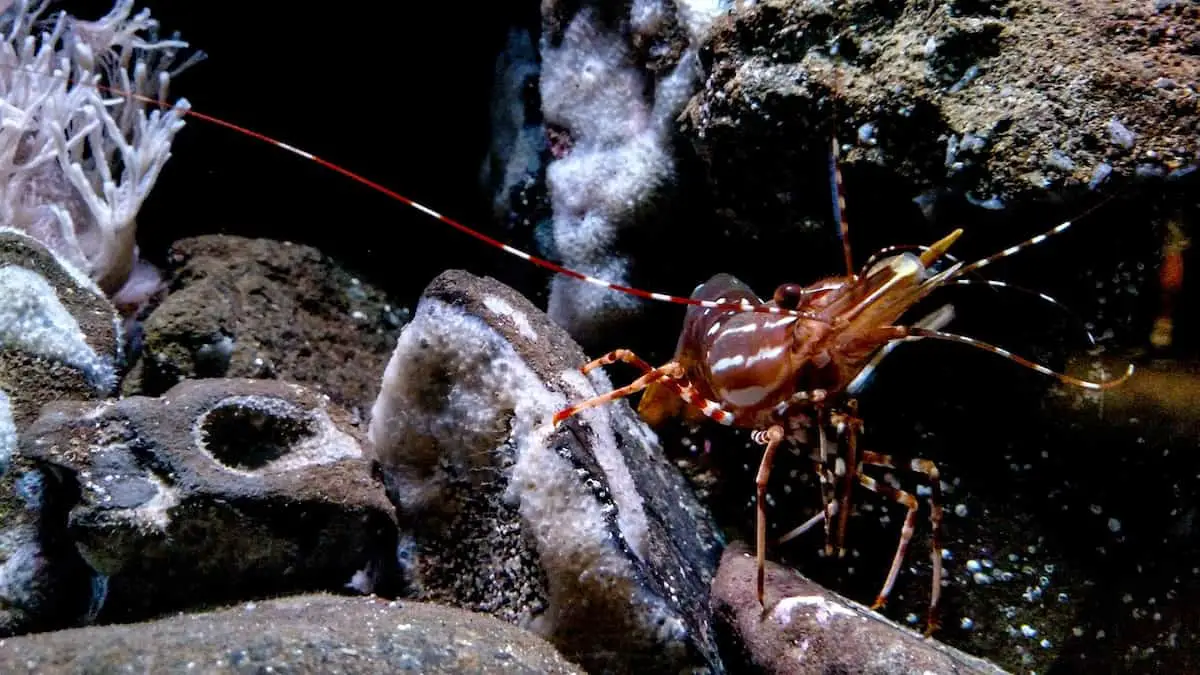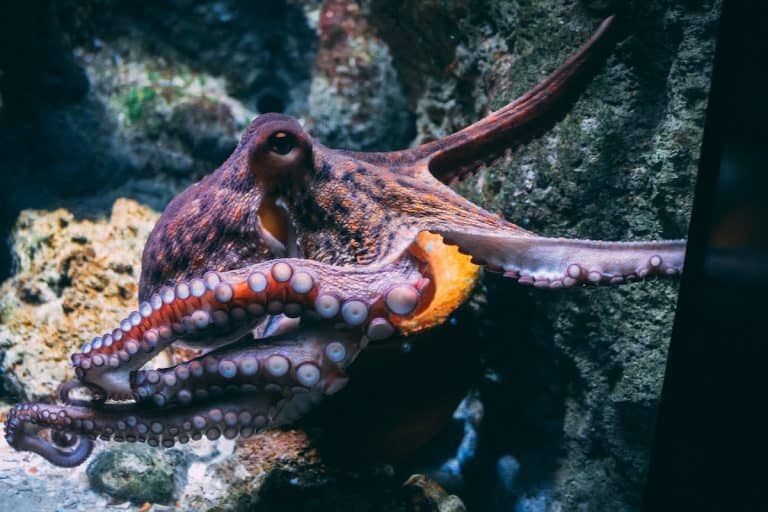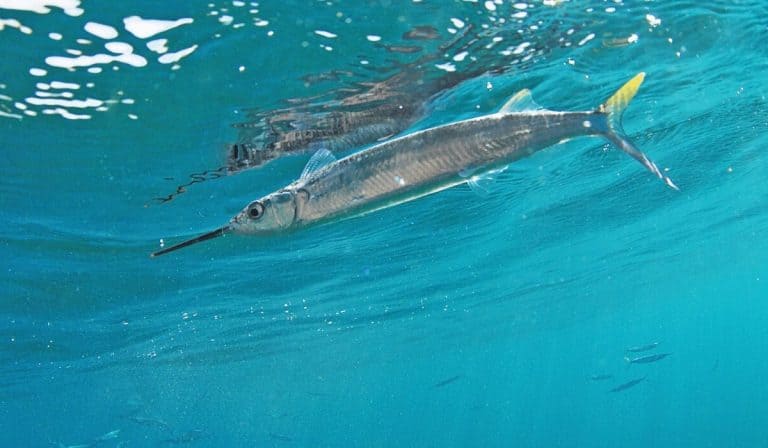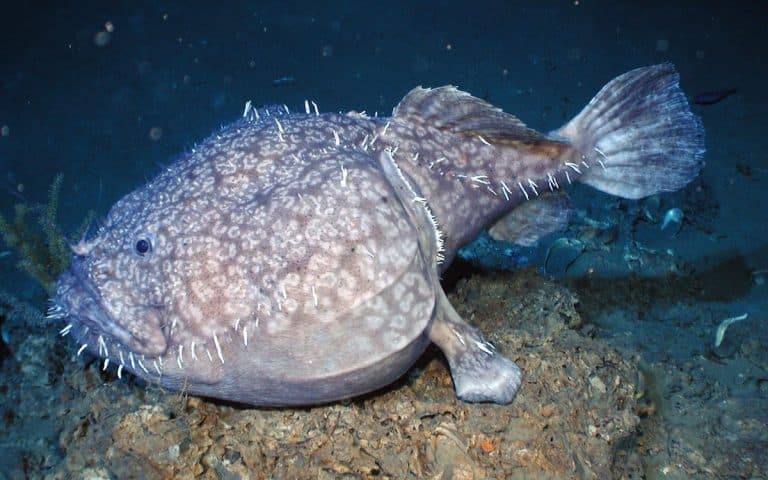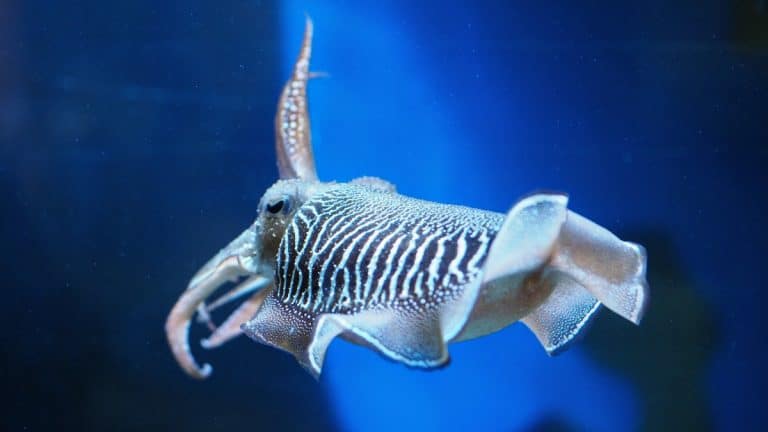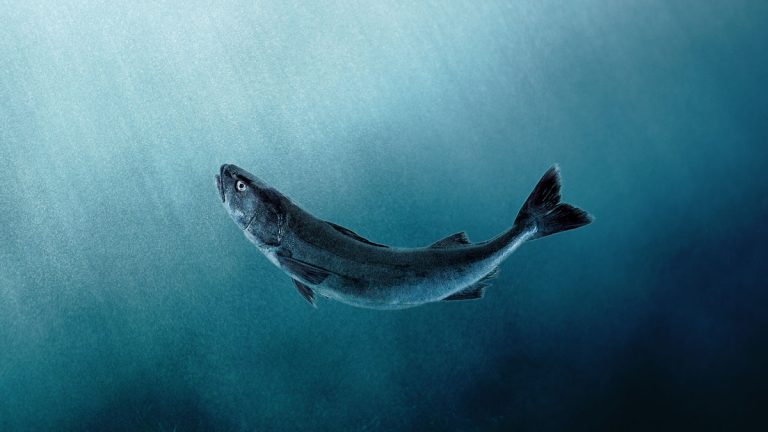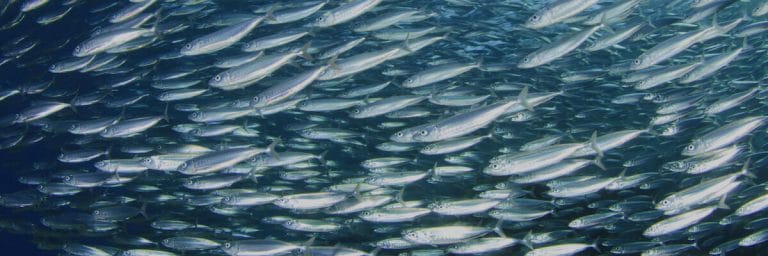Source: Farmed, Wild
Mercury Risk: Low
Shrimp is the most popular seafood item in the United States. Over the past two decades, it has transformed from a relatively expensive delicacy into a staple of the American diet. Shrimp has recently surpassed such long-standing fish icons as salmon and canned tuna in popularity, and it is now the basis of a multibillion-dollar global industry. So what exactly is ebi sushi?
Ebi is an ambiguous term at the sushi bar that can refer to either shrimp or prawns. The classic way to serve ebi is cooked as nigiri. Ama ebi, on the other hand, is usually served raw. In the United States, shrimp is generally used for nigiri, while spot prawns are used for ama ebi. This is not always the case, of course, but the delineation serves as a useful guideline when trying to determine what is on one’s plate.
Our increasing consumption of shrimp sushi has prompted a great deal of publicity about various related health and environmental impacts. Americans devour farmed and wild shrimp in great quantities, both of which can be found at the sushi bar. The various fisheries present different pros and cons, but the shrimp puzzle is not as indecipherable as it may seem.
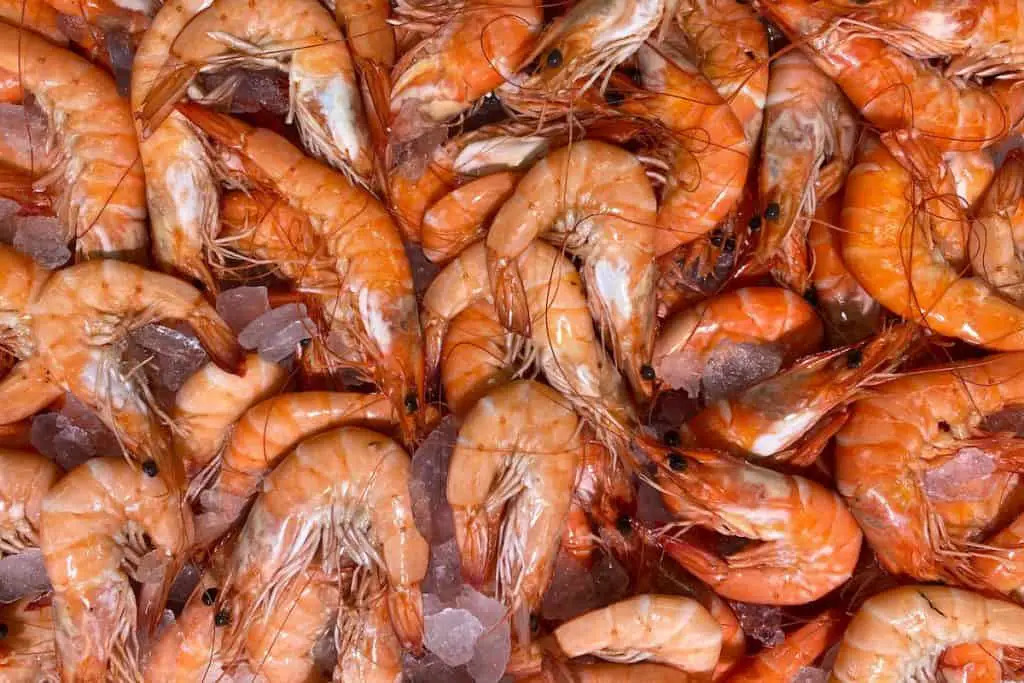
3 major problems with shrimp sushi
Wild shrimp are caught in most of the planet’s oceans and support dozens of shrimp industries around the world. There are typically three major problems in wild shrimp fisheries.
Bycatch: Many shrimp fisheries unintentionally catch unacceptably large numbers of other animals. Some shrimpers have been known to discard more than ten pounds of unwanted sea life for every pound of shrimp they keep.
Habitat destruction: Shrimp are often bottom-trawled—caught in large nets dragged along the sea bottom. In addition to the bycatch issue, this bottom trawling can severely damage the seabed and disturb or kill bottom-dwelling animals, corals, and aquatic plants.
Stock depletion: Some shrimp populations have simply been overfished. Shrimp are generally resilient to this kind of pressure due to their rapid growth rate and prolific nature, but resilience does not equal immunity.
What about farmed shrimp?
Farmed shrimp are cultivated in ponds, marshes, and lagoons all over the world. Here’s a quick rundown of the problems facing the farmed shrimp industry:
Habitat destruction: The traditional shrimp farm is created by clearcutting mangrove plants and erecting embankments to cordon off the area. Millions of acres of mangroves have been cut down to make room for shrimp farms. This approach is less common today than it was a decade ago, but mangrove depletion remains a major problem.
Feed: Shrimp demand a great deal of protein. While they are able to eat just about anything, the historic solution has been to grind up vast quantities of fish and dump it into the shrimp pond. Fortunately the shrimp industry has evolved, developing many types of manufactured feed. Unfortunately the “reduction fisheries” that supply the basis for this feed often have little or no management in place. A new feed based on algae is attempting to penetrate the market, but until it becomes commercially viable the feed issue will continue to thwart the industry’s progress toward sustainability.
Pollution: The wastewater from certain shrimp ponds can be highly toxic, especially if many generations of shrimp have been raised at that location. Tropical storms can breach the barriers surrounding the ponds, allowing vast amounts of contaminated water to pollute the nearby sea. This has been known to have devastating effects on the local bottom-dwelling habitat.
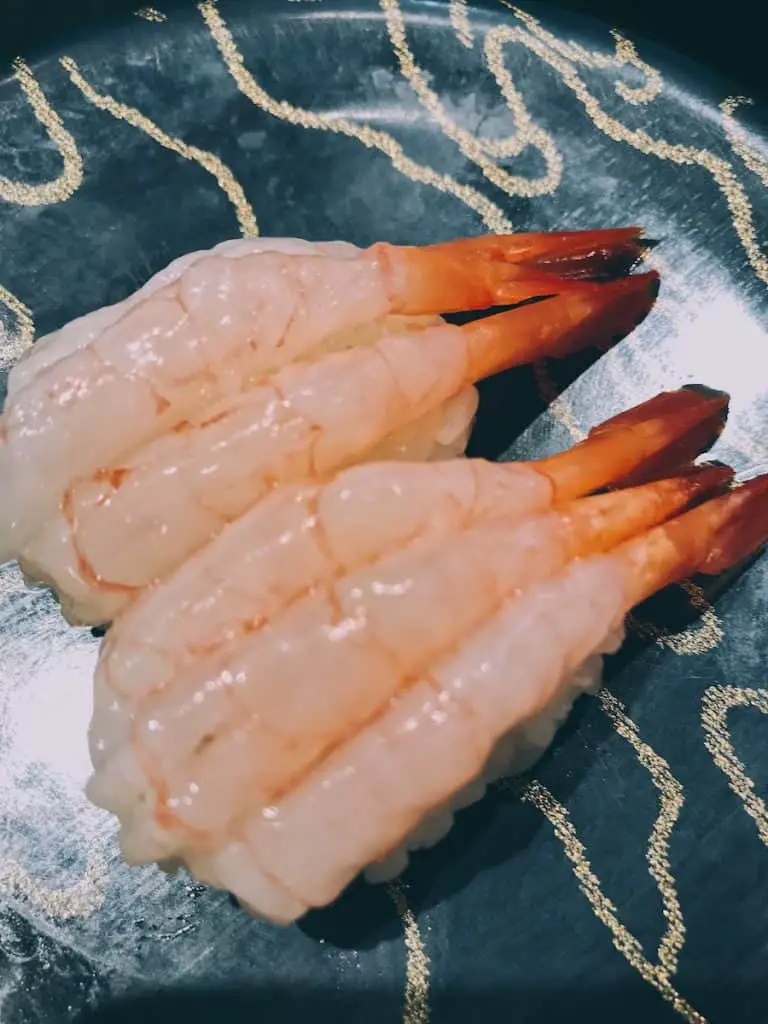
So how does one select sustainably farmed shrimp?
U.S. farmed shrimp and freshwater prawns are rapidly evolving industries that have shown true progress over the past few years. They are a much better option than most Asian imports—more environmental regulations are in place, higher levels of accountability and transparency prevail, and in general the product is cleaner.
Imported farmed shrimp, such as tiger prawns, should be avoided. There are simply too many problems and potential dangers associated with this industry for it to merit our patronage. Some farms do outperform others, but there is not yet a strong certification system in place.
Sustainable wild shrimp suggestions
British Columbia spot prawns, known to be well-managed and caught with environmentally responsible traps, are an excellent option. They are commonly used in ama ebi dishes in the United States and are the best choice for sushi-going shrimp afficionados.
Oregon pink shrimp are also caught and managed in a thoughtful and progressive manner. Such shrimp are a sustainable option and should be supported, but this fishery produces a smaller product (salad shrimp) that is not often used in sushi bars.
U.S. spot prawns are also a better choice than imported Asian products. However, since little is known about the population status of this fishery, caution is suggested.
U.S. wild shrimp from the Pacific coast, Gulf of Mexico, and mid-Atlantic Ocean is an acceptable choice with better management practices than most imported alternatives. Unfortunately, bycatch remains a problem in many U.S. shrimp fisheries. The New England wild shrimp fishery is known to be particularly destructive to the local habitat.
Wild Asian shrimp fisheries are often poorly managed, and little is known about the status of their various stocks. It’s better to select shrimp from a better-understood and better-managed fishery.
Casson Trenor
Casson Trenor is a frequent commentator on sustainable seafood issues. He has been featured in regional, national, and international media outlets, including CNN, NPR, Forbes, New York Times, Boston Globe, Christian Science Monitor, San Francisco Chronicle, Los Angeles Times, Seattle Times.

